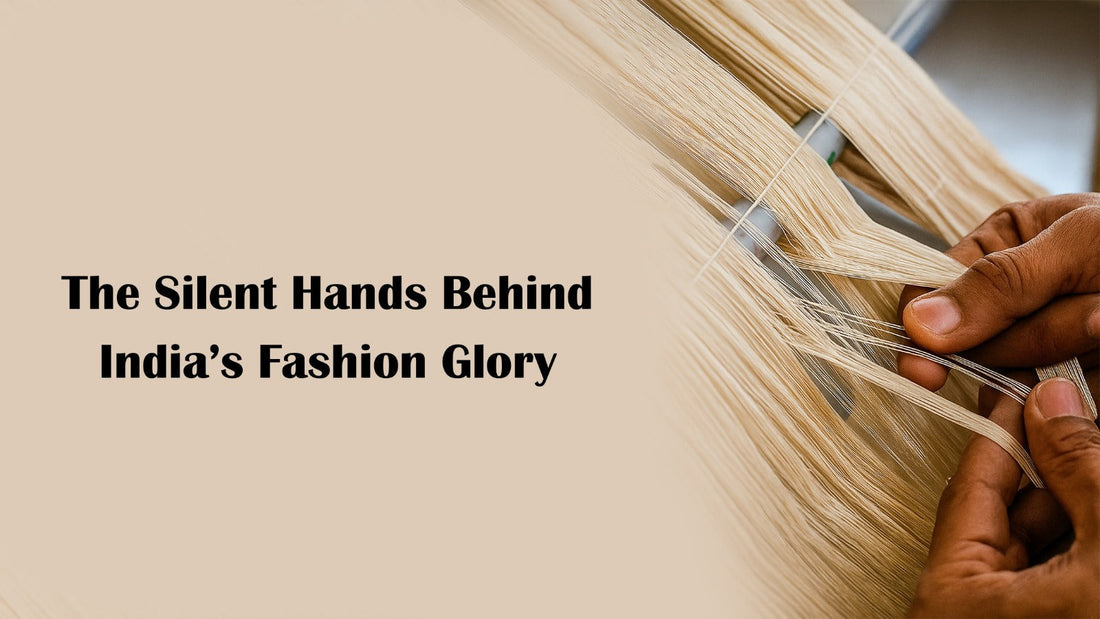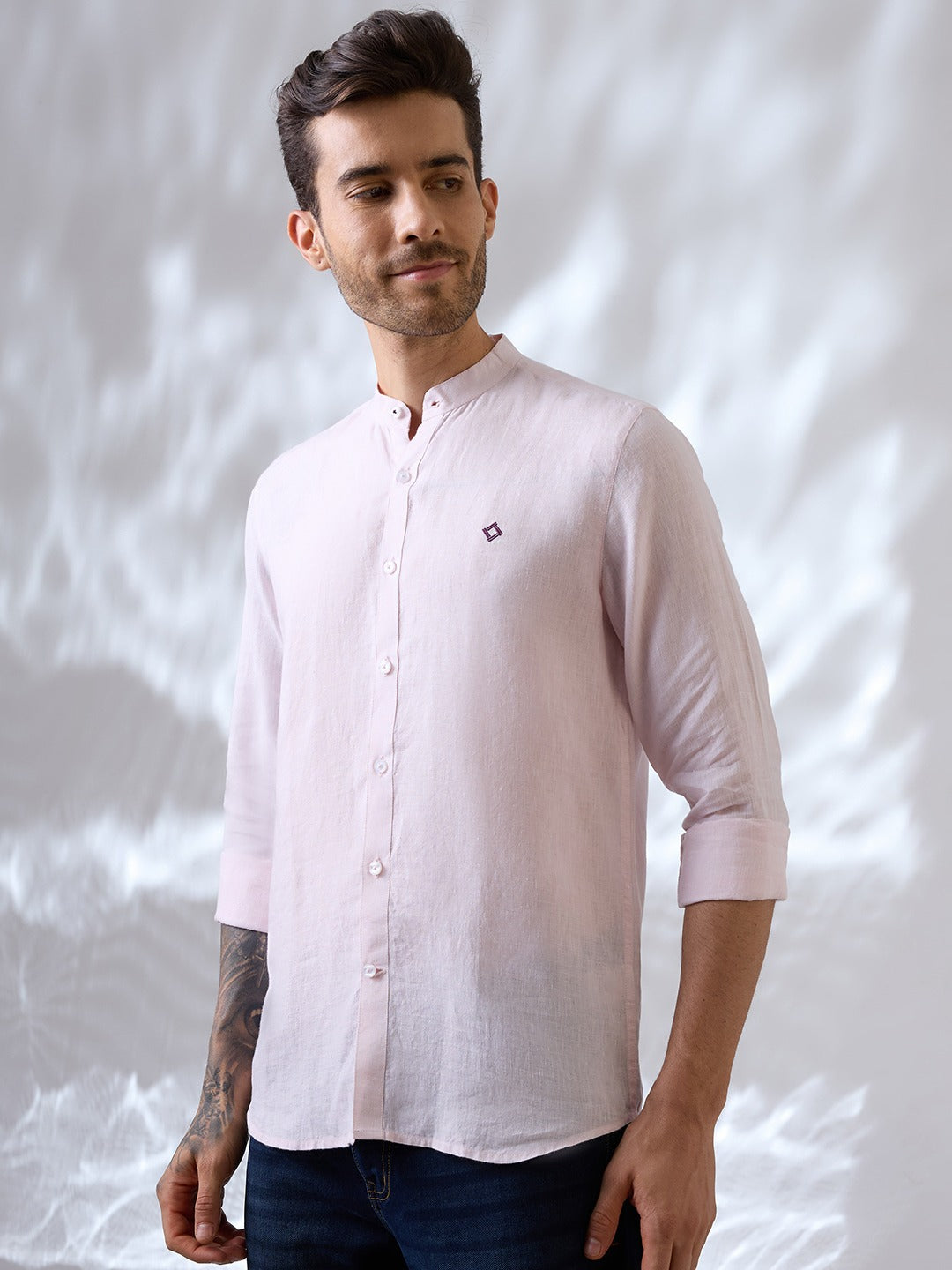
The Silent Hands Behind India’s Fashion Glory
Share
India’s karigars uphold centuries-old craftsmanship, yet many continue to face poor wages, invisibility, and exploitation. It’s time to recognize, respect, and revive their rightful place in the fashion ecosystem.
India’s Karigars: Crafting Excellence, Living in Shadows
In the quiet corners of dusty workshops and small village homes, a legacy thrives, one thread, one stitch, one handwoven meter at a time. These are the hands of India’s karigars, the unsung artisans behind some of the world’s most beautiful fabrics and garments. Their craft is not learned in modern design schools but passed down from grandmothers and grandfathers, from fathers to sons, and mothers to daughters. It’s an inheritance of skill, patience, and pride.
And yet, despite their brilliance, most karigars continue to live in the margins.
The Invisible Architects of Indian Fashion
Whether it’s the intricate zardozi of Lucknow, the rhythmic khadi looms of Bengal, or the delicate block prints of Bagru, each craft tells a story of time, tradition, and tremendous skill. But the names behind these marvels rarely make it to the label. Fashion houses, both in India and abroad, often speak of heritage, but rarely of the humans preserving it.
Artisans are treated like a cost to cut rather than a legacy to preserve.
While fashion retail sees billion-dollar growth, many karigars still earn daily wages that don’t cover basic needs. They work without healthcare, job security, or long-term support. Younger generations are walking away from these crafts, not out of disinterest but out of economic necessity. A centuries-old skillset is slowly disappearing, not because it lost its value, but because we failed to value its keepers.
Why Recognition Isn’t Just Symbolic, It’s Economic
Recognition for karigars isn’t just about giving credit; it’s about shifting the economics of fashion. Fair pay, better visibility, and shared ownership in the value chain can transform entire artisan communities. When a karigar is paid fairly, it doesn’t just preserve a craft, it sustains a family, empowers a village, and redefines what ethical fashion can look like.
Some brands are beginning to bridge this gap. They feature artisans by name, invest in upskilling, and share profits more equitably. But these are still the exception, not the norm.
Fashion That’s Truly Indian Must Be Inclusive
India is one of the few countries where living heritage flows into everyday clothing. A handwoven linen shirt, a naturally dyed kurta, or a chikan-embroidered panel is not just a product, it’s history you can wear. And that history deserves respect. The future of Indian fashion must not only be inspired by the past but built alongside those who carry it forward.
If we claim to celebrate Make in India, we must also commit to Respect in India.
How You Can Help
Whether you're a consumer, brand, or designer - your choices shape the future.
● Ask where your clothes come from
● Support brands that pay artisans fairly
● Advocate for transparency and accountability
● Celebrate artisans not just on social media, but in the supply chain
Because a truly beautiful product is one where every hand involved is honored.
Closing Note:
India’s karigars are not relics of the past. They are innovators, storytellers, and cultural custodians. Let’s give them more than our admiration, let’s give them their due.


